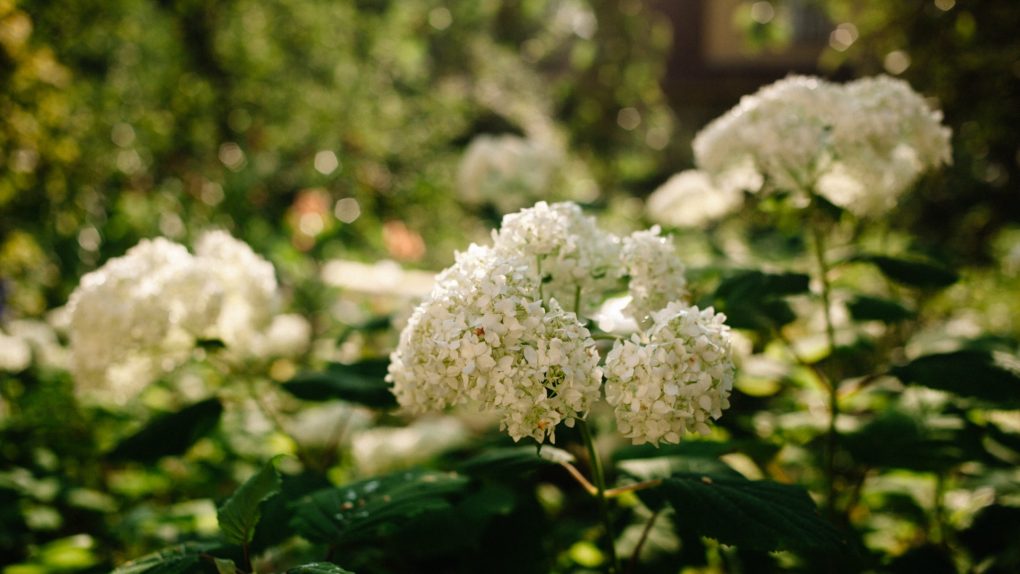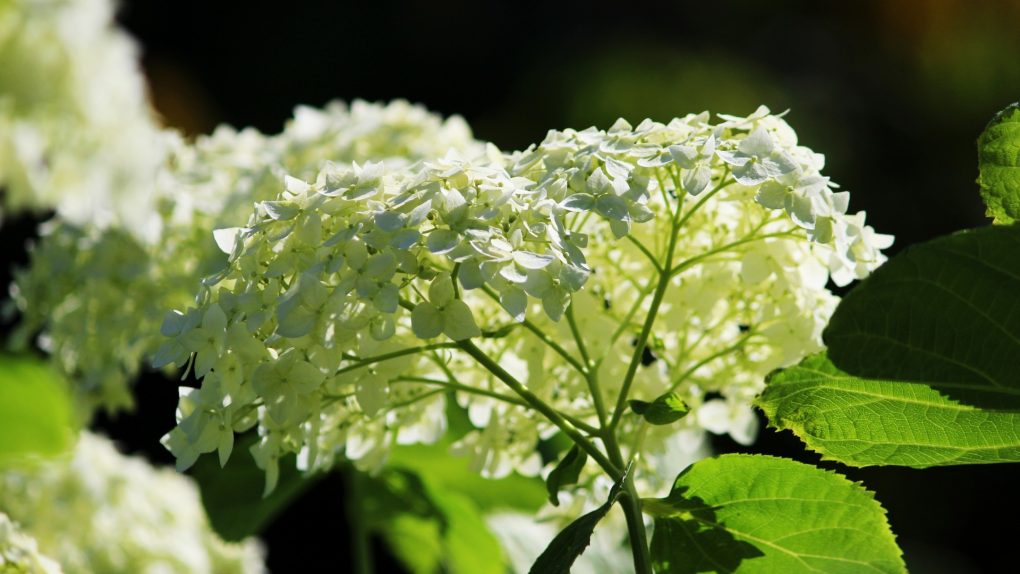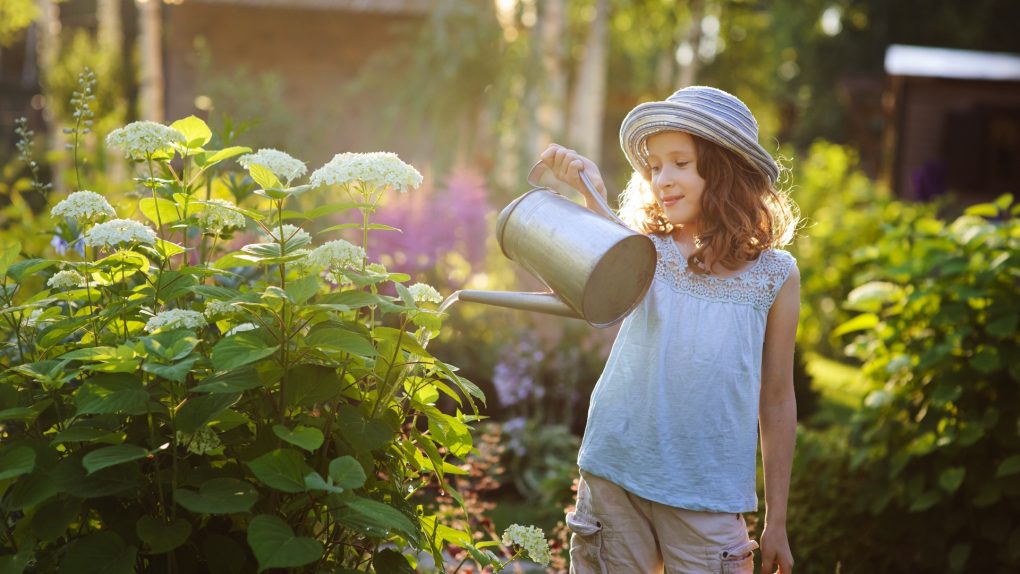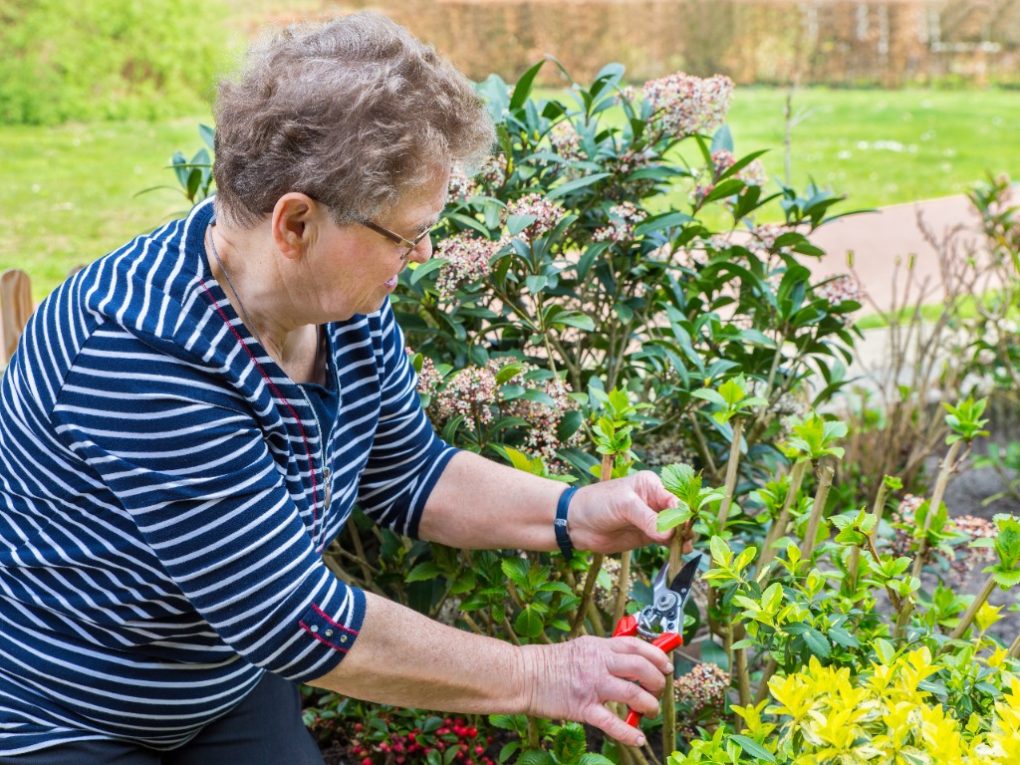Do Hydrangeas Grow in Colorado? A Quick Guide to Growing Hydrangeas in the State
Hydrangeas are a popular flowering shrub known for their large, showy blooms. However, many wonder if these plants can thrive in Colorado’s unique climate. While Colorado’s dry conditions may seem less than ideal for hydrangeas, certain types can grow successfully.

When it comes to growing hydrangeas in Colorado, the key is to choose the right variety and provide the proper care. Some hydrangea species are more tolerant of colder temperatures and drier conditions than others. In addition, it’s important to plant hydrangeas in the right location and provide adequate water and nutrients.
While it may require extra effort, growing hydrangeas in Colorado is possible. By selecting the right variety and providing the proper care, gardeners can enjoy the beauty of these stunning plants in their backyard.
Table of Contents
Climate in Colorado
Colorado has a semi-arid climate, so it can be challenging for plants to thrive. The state receives a lot of sun and not much rain, so choosing drought-tolerant plants is important. Hydrangeas are a good choice for Colorado gardens because they don’t require a lot of water.
However, most parts of Colorado are dry, typically experiencing very hot summers and cold winters with great temperature variations during the day. As such, growing any type of hydrangeas in Colorado may be challenging.
Hydrangeas grow best in wet, acidic soils, but some varieties thrive in alkaline soils. In Colorado, the soil should be well-drained and acidic with a pH between 5.5 and 6.5. Therefore, testing the soil before planting hydrangeas is important to ensure it is suitable for their growth.
Hydrangea Varieties
Hydrangeas are a popular ornamental plant known for their large, showy blooms. While they are typically associated with more humid climates, several varieties can thrive in the harsher conditions of Colorado.
Best Varieties for Colorado
When selecting hydrangeas for a Colorado garden, it is important to choose hardy varieties to withstand the state’s high altitudes and fluctuating temperatures. Here are some of the best options:
| Variety | Bloom Color | Bloom Time | Size |
| Hydrangea arborescens ‘Annabelle’ | White | Summer | 4-6 feet tall and wide |
| Hydrangea paniculata ‘Limelight’ | Green to pink | Summer to fall | 6-8 feet tall and wide |
| Hydrangea quercifolia ‘Snow Queen’ | White | Summer | 6-8 feet tall and wide |
Hydrangea arborescens ‘Annabelle’ is a popular choice for Colorado gardens due to its ability to bloom on new growth, making it more resilient to harsh winters. Hydrangea paniculata ‘Limelight’ is another great option, known for its large, cone-shaped blooms that turn from green to pink as they age. Hydrangea quercifolia ‘Snow Queen’ is a beautiful variety with white blooms and oak-like foliage that turns red in the fall.
It is important to note that while some hydrangea varieties may be able to survive in Colorado, they may not bloom as abundantly as they would in more humid climates. However, with proper care and attention, these varieties can still provide a beautiful addition to any garden.

Planting Hydrangeas in Colorado
Soil Preparation
Hydrangeas grow best in well-drained, fertile loamy soil. Before planting, prepare the soil by digging a hole twice as wide as the root ball and just as deep. Amend the soil with organic matter, such as compost or well-rotted manure, to improve drainage and add nutrients. Make sure to break up any clumps of soil and remove any rocks or debris that could impede root growth.
Light Requirements
Hydrangeas need at least 4 to 6 hours of direct sunlight daily to thrive in Colorado. If you are growing your hydrangeas in a container, ensure they are in an area with enough sun. If planting them in the ground, ensure the area is not too shaded. As hydrangeas are usually planted in shade in Colorado, they are only exposed to sunrise rays in the morning and sunset rays at sunset. The afternoon rays are too harsh for some of the species to survive.
Watering Needs
For healthy growth, Hydrangeas need regular watering. You can water the plant deeply after planting, then once a week for the first month. Water the plant once every two weeks after that. Ensure that you water the plant at its base and not near the leaves and flowers. Water hydrangeas deeply after planting, but don’t let the soil become waterlogged.

Fertilization
Hydrangeas benefit from regular fertilization to promote healthy growth and vibrant blooms. Fertilize the plant with a balanced fertilizer, such as a 10-10-10 or 20-20-20 formula, in early spring before new growth appears. Repeat the application every 4-6 weeks during the growing season. Avoid fertilizing the plant after mid-summer, as this can interfere with the plant’s natural dormancy cycle.
Caring for Hydrangeas in Colorado
Hydrangeas are beautiful flowering shrubs that can thrive in Colorado’s climate with proper care. Here are some tips on how to care for hydrangeas in Colorado:
Pruning
Hydrangeas should be pruned in late winter or early spring before new growth appears. Dead or damaged wood should be removed, and the remaining stems should be cut back to just above a healthy bud. For most hydrangea varieties, pruning should be minimal to avoid reducing the number of flowers.

Winter Protection
In Colorado, winter temperatures can be harsh on hydrangeas. To protect the plants during the winter, apply a layer of mulch around the base of the plant to help insulate the roots. You can also wrap burlap around the plant to protect it from harsh winds and cold temperatures. Be sure to remove the burlap in the spring to allow new growth to emerge.
Additionally, it’s important to avoid fertilizing hydrangeas in the fall, as this can encourage new growth that may not have enough time to harden off before winter. Instead, fertilize in the spring after new growth has started.
